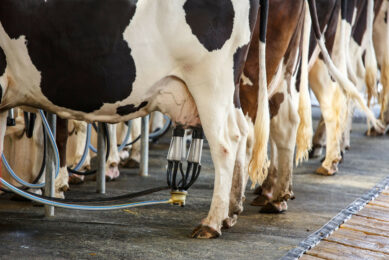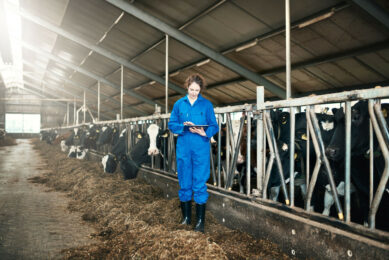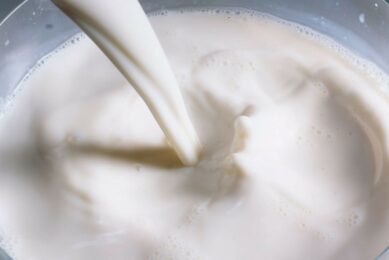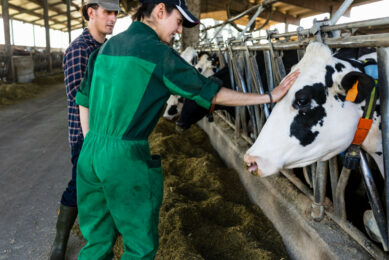Artificial intelligence for better lameness control
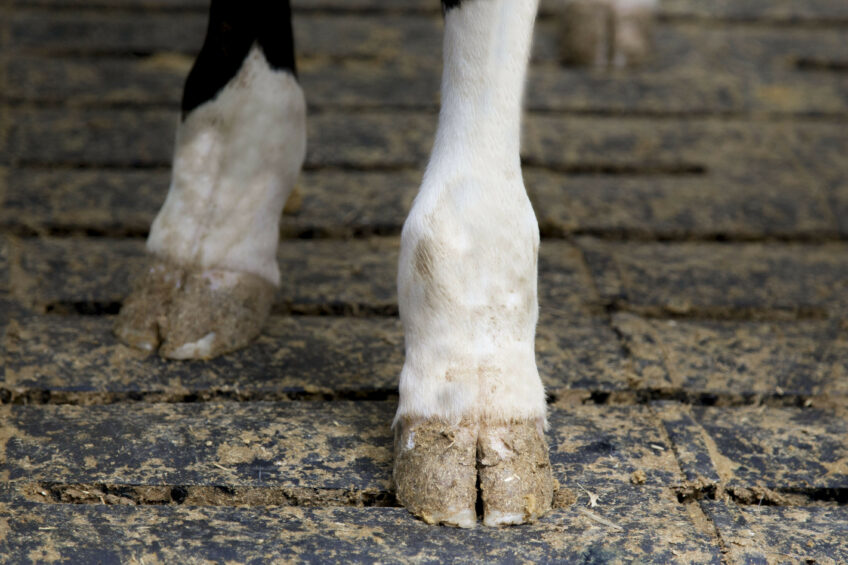
Researchers at Osaka University in Japan have developed an early detection method for cow lameness. Dairy Global talked to professor Yasushi Yagi, who led the research.
Hoof health is an important aspect of proper dairy cattle care. Injuries and illnesses of hooves, called ‘lameness’, if left untreated, will lead not only to declining quantity and quality of dairy products, but also to life-threatening disease. Thus, its early detection is very important. Indicators for lameness are manifested in back arch and gait patterns of cows. Methods for finding lameness by detecting back arch had been studied; however, that method was effective in detecting moderate to severe lameness.

A group of researchers led by Professor Yagi Yasushi at the Institute of Scientific and Industrial Research, Osaka University, together with Professor Nakada Ken at Rakuno Gakuen University, developed a technique for monitoring health of dairy cattle with high frequency and accuracy in the farmers’ stead by using a camera and artificial intelligence (AI). The system analyses images of cow gait (pattern of movement of the limbs during locomotion) to detect lameness with 99% accuracy or higher. It is based on gait analysis used in human research. Professor Yagi believes that this type of analysis in dairy farming will help farmers to- detect diseases earlier.
Your research is based on the human gait analysis technique. How does this translates to cows?
“Similar gait features are used for gait analysis for human, such as person identification and verification tasks using security (surveillance) cameras. The features are calculated as the average silhouettes (of pedestrians/cows) while walking. The challenges for transferring the human gait analysis to dairy cows lie in the pre-processing steps. Health monitoring system should work automatically, so the silhouettes (i.e. cow’s region) have to be extracted automatically. In addition, because cows walk in various paths, we should align the walking paths. We have overcome these issues by using 3D video analysis techniques which utilise 3D video input.”
Also read: How to effectively control lameness in dairy cattle –
What exactly does the camera captures?
“Although we have not investigated what kind of signs were actually effective, the machine learning technique captures the difference in walking styles between normal and lame cows (e.g. cows with lameness swing their body in an unnatural way, so this can be detected). Because we only use very short sequences (only 1 gait period for a sequence), the system doesn’t detects cows that walk more than other cows. The system is based on different gait patterns.”
Does the farmer get a warning or a list of the cows that are marked as cows with early lameness signs?
“We have not yet implemented a notification system for farmers, because our gait analysis approaches have not been developed as a real-time system. However, having real-time analysis would be technically possible in the future, by using optimal implementation as well as good hardware. At the moment, we analyse the pictures afterwards, which takes several days to process the hundreds of video sequences.”
When do you expect this technique to be commercially available for dairy farmers? And how many farmers are already using it?
“I think we are now in the first stages of development and we have made a proposal for a basic approach for early lameness detection. The current system we developed hasn’t been installed yet on any commercial farms, but only on our university cow house. We do not have a set plan for commercialisation, as this highly depends on the availability of future business partners.”
What are your thoughts, in general, about using big data and robotics/sensors in agriculture?
“Robotics/sensors in agriculture should be one of the core technologies of AI applications.
In the crop sector, we can find many research projects related to robotics in cultivation (automatic harvesting, watering, etc.) In the livestock sector, I think that the dairy sector is a pioneer in applying new techniques to keep the cows healthy and to better manage the farm. As big data and AI are closely connected and with the long history of research/development of AI and computer hardware, the future is bright to apply this in agriculture and livestock.”
Join 13,000+ subscribers
Subscribe to our newsletter to stay updated about all the need-to-know content in the dairy sector, two times a week.



